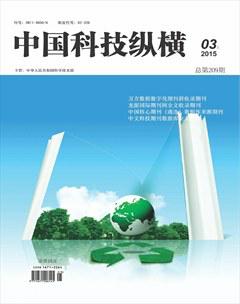Wireless magnetic sensors applied in the signal control of small and medium-sized cities
Liang ZijunZhang BoHuang ZhenSong Zhihong
(1. The Key Laboratory of the Ministry of public security of City traffic management integrated and Optimization Technology,Hefei Anhui 230088;2.Anhui Keli Information Industry Co. Ltd,Hefei Anhui 230088;3.Fenghua Public Security Bureau Traffic Police Brigade,Fenghua Zhejiang 315500)
Wireless magnetic sensors applied in the signal control of small and medium-sized cities
Liang Zijun1,2Zhang Bo1,2Huang Zhen3Song Zhihong1,2
(1. The Key Laboratory of the Ministry of public security of City traffic management integrated and Optimization Technology,Hefei Anhui 230088;2.Anhui Keli Information Industry Co. Ltd,Hefei Anhui 230088;3.Fenghua Public Security Bureau Traffic Police Brigade,Fenghua Zhejiang 315500)
This topic is mainly about the typical applications of Wireless magnetic sensors in the signal control of small and medium-sized cities. Based on the traffic characteristics of Fenghua city, through the networked control of Wireless magnetic sensors and signal controller, from "point, line, face" three aspects to optimize the traffic flow of Fenghua. The application results show that Wireless magnetic sensors can effectively improve the efficiency of traffic signal control in Fenghua.
Wireless magnetic sensors;traffic signal control;small and medium-sized cities
1 Introduction
With the speeding up of urbanization in our country, the congestion of the big cities has rapidly spread to small and medium-sized cities, so the traffic signal control optimization of the small and medium-sized city is particularly important. The application of Wireless magnetic sensors[1]in the signal control provides an important means.
2 TRAFFIC CHARACTERISTIC
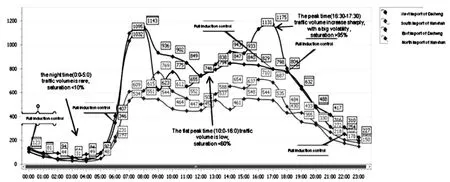
Figure.1 Traffic volume of Dacheng and Nanshan intersection

Table.1 Traffic characteristics of small and medium-sized city

Table.2 Traffic signal control strategy of Fenghua
2.1 Traffic characteristics of small and medium-sized city Through the difference of traffic characteristics between
the big cities and the small and medium-sized cities, the table below show that the traditional signal control method of big cities is not suitable for the small and medium-sized cities.

Table.3 The test results of adaptive control in single intersection

Table.4 The test results of adaptive coordinated control in the artery

Table.5 The test results of adaptive flow control in the area
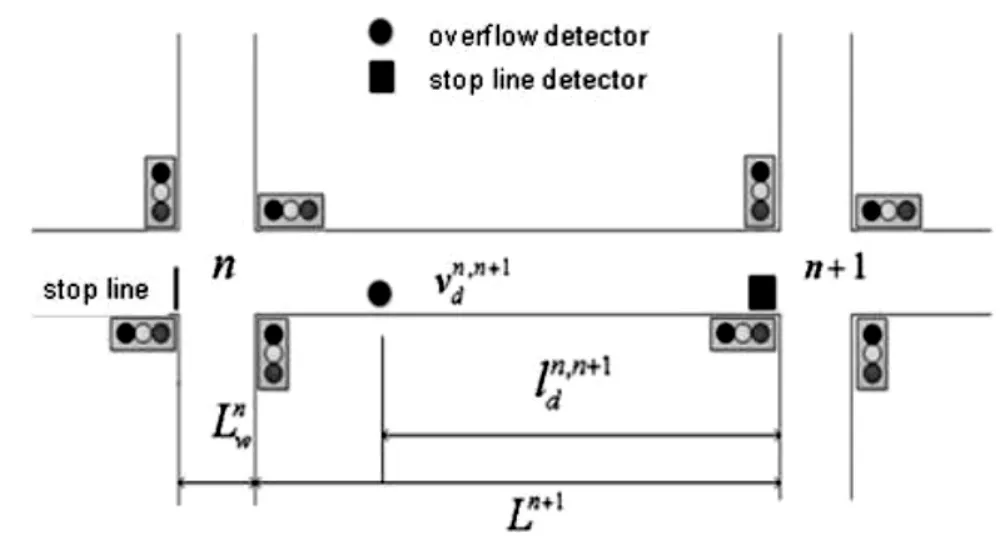
Figure.2 The installation position of overflow detector
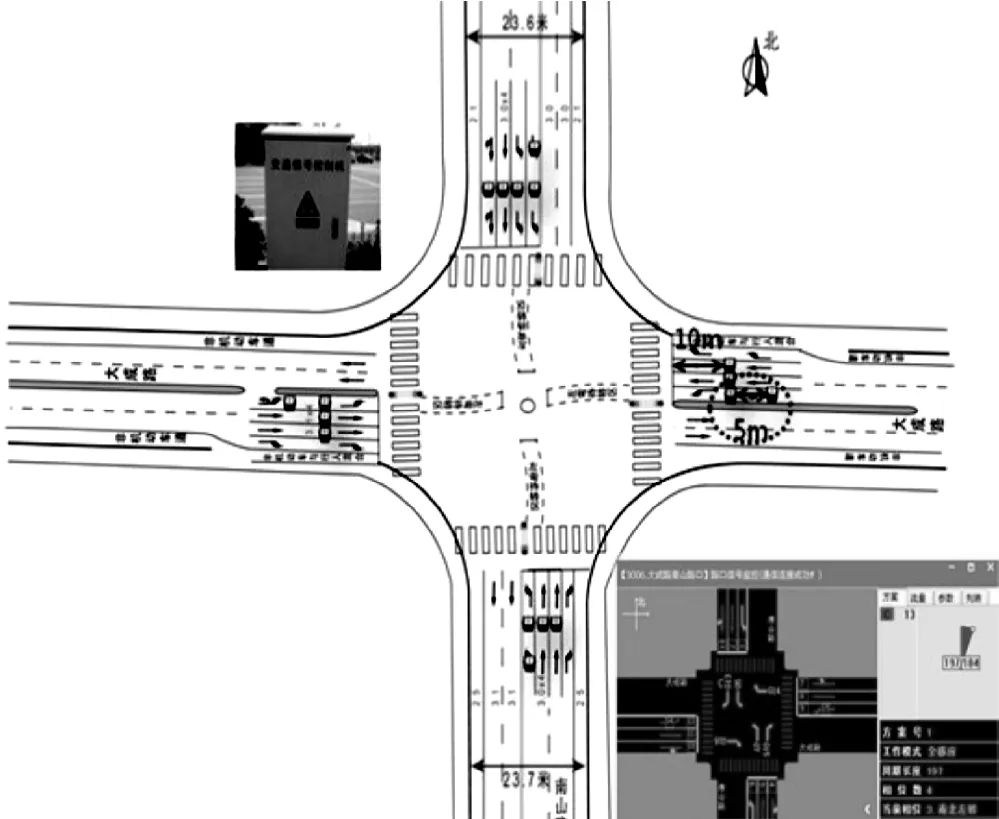
Figure.3 Adaptive control of single intersection in Fenghua
2.2 Traffic characteristics of Fenghua
Fenghua is a typical small and medium-sized city. It only has three main roads which through the urban area,included Dacheng road,Zhongshan road and Nanshan road,formed the structure of two horizontal and one vertical. The density of the road network is low, and the main road only has four lanes. During the peak time of p.m.(16:30-17:30),because the traffic volume which come back to the main urban area from the west is very large, the traffic pressure of urban area increase sharply. Once the Dacheng and Nanshan intersection, which is crossed by the two main roads,is blocked, the traffic of the whole urban area would be turned into paralysis immediately.
3 CONTROL STRATEGY
Based on the traffic characteristics of Fenghua city, through the Wireless magnetic sensors detecting the traffic flow of the intersection, and then transmit to the signal controller, adopt the comprehensive control strategy of the "point, line, area" to optimize the traffic flow during the night, flat peak and peak time. Traffic signal control strategy of Fenghua is shown in table 2.
In order to prevent overflow in peak time, the Wireless magnetic sensors is installed in the import lanes of the intersection[3], at the same time, the overflow detector needed to be installed in the exit lanes, which based on real-time traffic flow and queue length information automatically adjust maximum green time of induction control intersection[4],solve the overflow of intersections timely.The calculation model of its installation position is shown below.
In order to calculate the overflow detector position,need to know the width of the intersection , the length of the road and block density and the density of vehicles to the end of the line up.
The main steps of adaptive flow control in area are as follows.
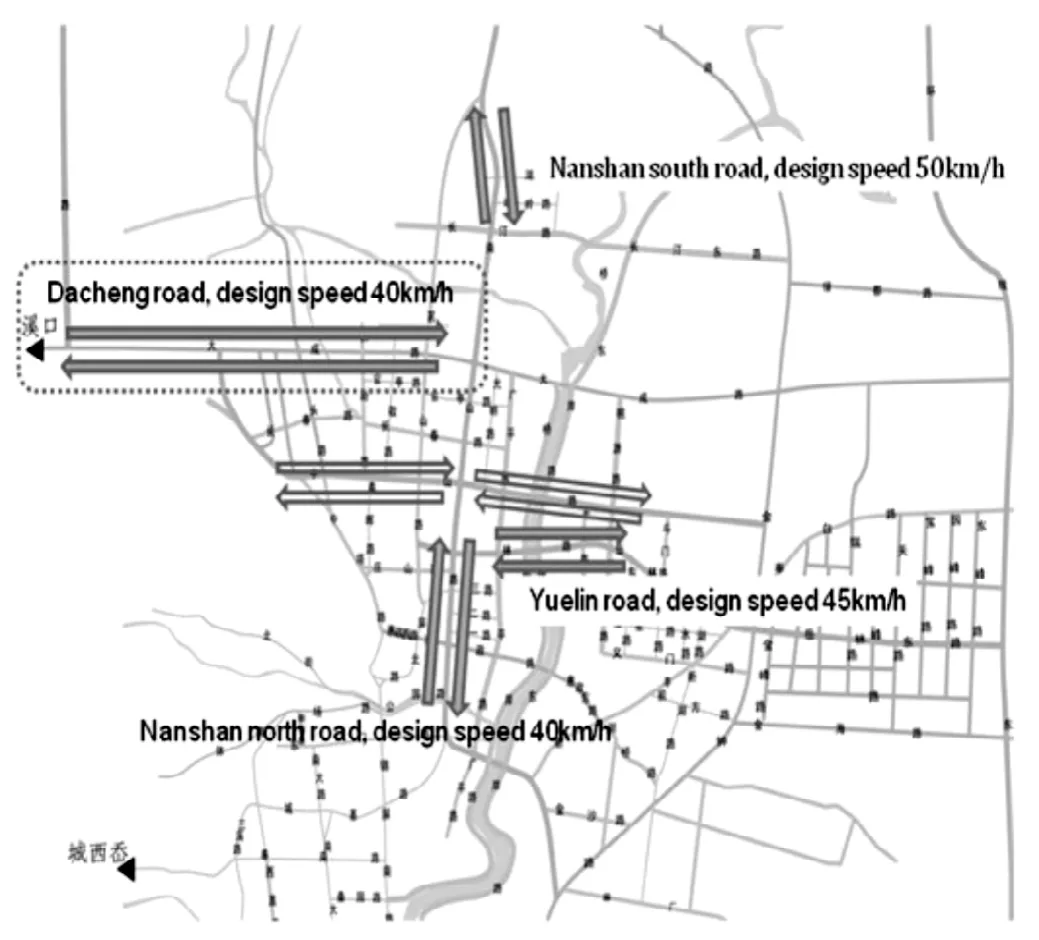
Figure.4 Adaptive coordinated control of the artery in Fenghua

Figure.5 Two-way green wave time-distance design diagram of Dacheng road
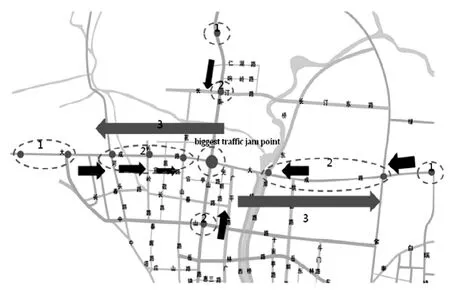
Figure.6 Adaptive flow control of the area in Fenghua
(1)Enlarge the signal cycle of the small intersections outside the urban area, bring down the traffic flow rate which come into urban area.
(2)Gradually reduces the max green time of the intersections which around the biggest traffic jam point, limited the traffic flow which access to the biggest traffic jam point.
(3)Add a signal phase in the direction of going out of the urban area, enhance the speed of evacuation of the traffic flow from the urban congested area.
4 APPLICATION AND EVALUATION
4.1 Adaptive control of single intersection(night time:0:0-6: 00,22:30-23:59).
There are 33 intersections adopt the adaptive control during the night time. Based on the real-time detection of arrival of vehicles by the Wireless magnetic sensors, if the Turn left phase has no vehicle request, then skip this phase,to improve the efficiency of traffic at night. In order to ensure the reliability of the turn left phase control, two wireless magnetic sensors was installed in the left lane, which distance is 5 m (Figure.3).
⑤要增加对违反水土保持相关法律法规行为的惩罚力度,增加建设和施工单位的违法违规成本。目前存在着违反水土保持法律法规成本过低的情况,很多项目只是在验收前付少部分费用补做水土保持监测报告等材料,对其挪用、占用了较多的水土保持经费却没有给予适当的处罚。所以,要进一步加强对违反水土保持相关法律法规行为的打击力度,加大生产建设项目违规成本。
Through practical application of Dacheng and Nanshan intersection, test results are shown in table 3.
4.2 Adaptive coordinated control of the artery (flat peak time: 8:30-16:30,17:30-22:00).
There are 6 roads adopt the adaptive two-way green wave control during the flat peak time. The signal phase green time can be adjusted according to volume detected by Wireless magnetic sensors in the same signal cycle time, to improve the vehicle speed of two direction of the main road and take account of the green time of the secondary road (Figure.4).
Dacheng road has 5 intersections, total length is 1720m,designed average speed is 40 km/h, the signal cycle is 85s,the green wave bandwidth is 20-36s (Figure.5).
Through practical application of Dacheng road, test results are shown in table 4.
4.3 Adaptive flow control of the area (Peak time:7:30-8:30, 16:30-17:30).
The urban congested area which contains 12 intersections adopt the area adaptive traffic flow control during peak time.Depend on the traffic flow volume collected by Wireless magnetic sensors, uses the method of queue reset to maintain the balance of traffic flow volume of the congested road dynamically, distributes the vehicle queue outside the urban area reasonably, alleviates the urban traffic congestion effectively (Figure.6).
Through the practical application of urban congested area formed by 12 intersections, test results are shown in table 5.
The results show that the overflow times (average) and the max times waiting for the red light(average) has been significantly reduced, and the effect of regional traffic conditions achieve to the overall optimization.
5 Conclusion
Summary, this paper describes an effective method for measuring reflection coefficient with vector hydrophone, which measures pressure and particle velocity instantaneously, it cost less time, more accurate in measuring, handier in practice,and have good performance both in vertical and oblique incidence.
[1]Haoui, A. Kavaler, R. & Varaiya, P. 2008. Wireless magnetic sensors sensors for traffic surveillance. Transportation Research Part C: Emerging Technologies 16(3): 294-306.
[2]Kouvelas, A. Aboudolas, K. Papageorgiou, M. & Kosmatopoulos,E. B. 2011. A hybrid strategy for real-time traffic signal control of urban road networks. Intelligent Transportation Systems, IEEE Transactions on, 12(3): 884-894.
[3]Manual, H. C. 2000. HCM 2000. Washington, DC: Transportation Research Board.
[4]Mirchandani, P. & Head, L. 2001. A real-time traffic signal control system: architecture, algorithms, and analysis. Transportation Research Part C: Emerging Technologies 9(6): 415-432.

